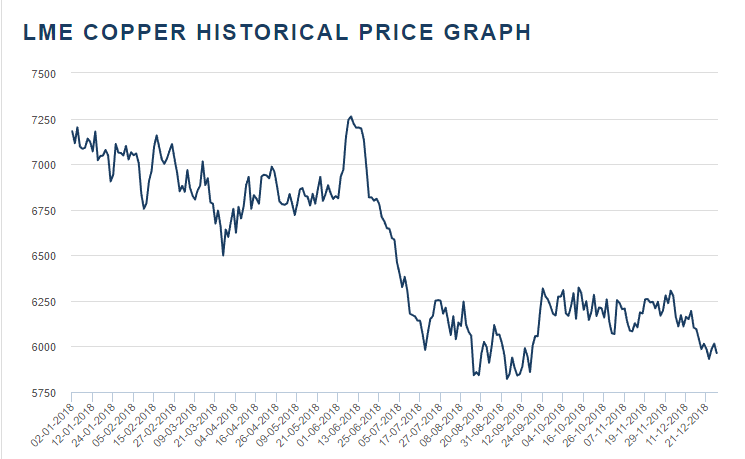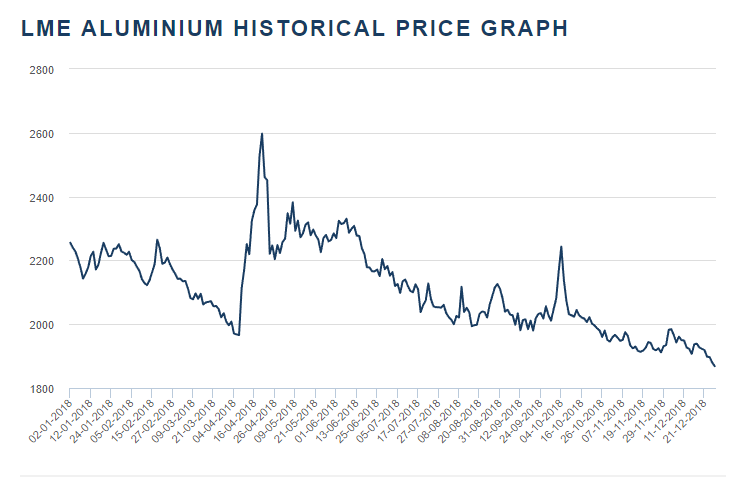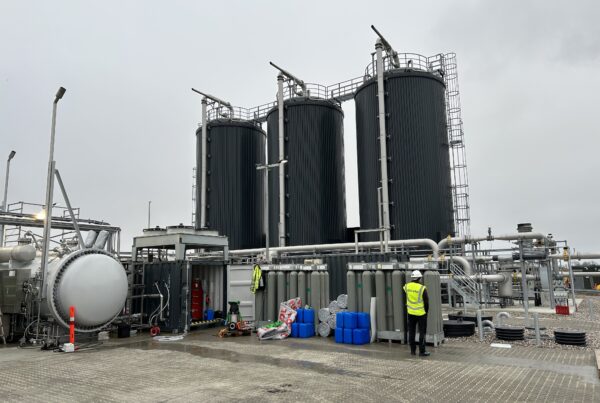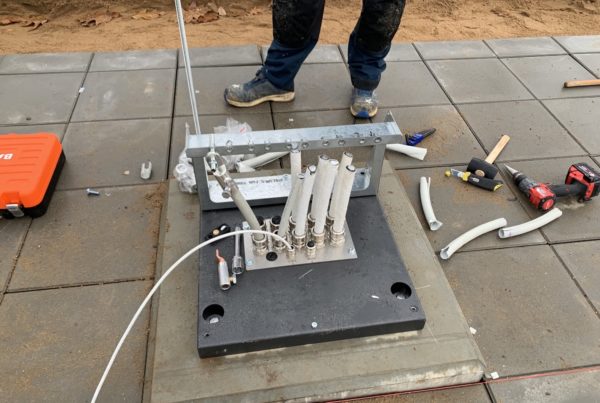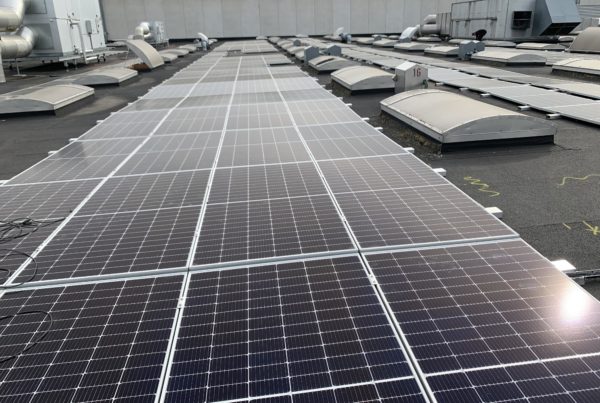This is how you turn aluminum into gold
Maybe you are thinking “have the old alchemists from the middle ages risen from the dead”? To that I can with certainty say NO. This article will not be about alchemy but about how you can save a lot of money if you change your purchase patterns, when you buy cables for temporary installations. Money or gold going straight to your bank. All you have to do is buy aluminum cables instead of copper cables. It’s that simple.
What is aluminum?
Aluminum is an element with the atomic number 13 in the periodic table. It is a light silver-white metal and its lightness makes it extremely useful in alloys, and for parts in aircrafts, cars, bicycles and food packaging. Aluminum is the most abundant metal in the earth’s surface and is found around the world as the type of clay called bauxite. However, it is never found in a clean form, but exclusively in chemical compounds, typically with oxygen. The production of aluminum is very energy consuming. It is therefore extremely profitable to recycle it. E.g. aluminum cans are made into new cans or aluminum foil.
Aluminum was first isolated in 1824 by H.C. Ørsted. For the first many years, the metal was a rarity, so the prices were in line with gold and platinum. Later, in 1886 aluminum was produced on a larger scale, which caused the price to drop significantly.
Aluminum cables
Aluminum is thus a very good and durable metal that is used in a wide range of products. Another application area is in cables for either fixed or temporary installations. HFAL-M and HFAL-S are installation cables in aluminum intended for fixed installations. They can be used on cable trays or cable ladders inside a house or dug into the ground outside. Of course, you must remember to uphold the general rules for installation conditions. The cable is halogen-free and fire-retardant.
Aluminum cables for temporary installations are used on e.g. construction sites supplying power. Generators are installed and the cables are routed around the site where they are needed. Unfortunately, the cost of cables and distribution boxes is so low that it often does not make sense to spend time and staff packing cables and storing them until they are to be used next time. All cables and distribution boxes must be tested once a year and maintained when it comes back from the construction site. Therefore, cables and distribution boxes are usually thrown out after completing a job. It’s a shame as they can easily be used again.
Aluminum cables also have the advantage that they are not attractive for scrap metal thieves to steal. The higher scrap price of copper cables attracts the thieves, as there is a lot of money to earn.
Another place where the temporary aluminum cables can be used is at various events. When, for example, you have an outdoor sports event, the TV stations require a lot of power for their established studies. Festivals and other outdoor events are also large consumers of temporary power for sound, light, food stalls and various activities. Here it is valuable that the cables do not weigh so much which makes the setup as easy as possible.
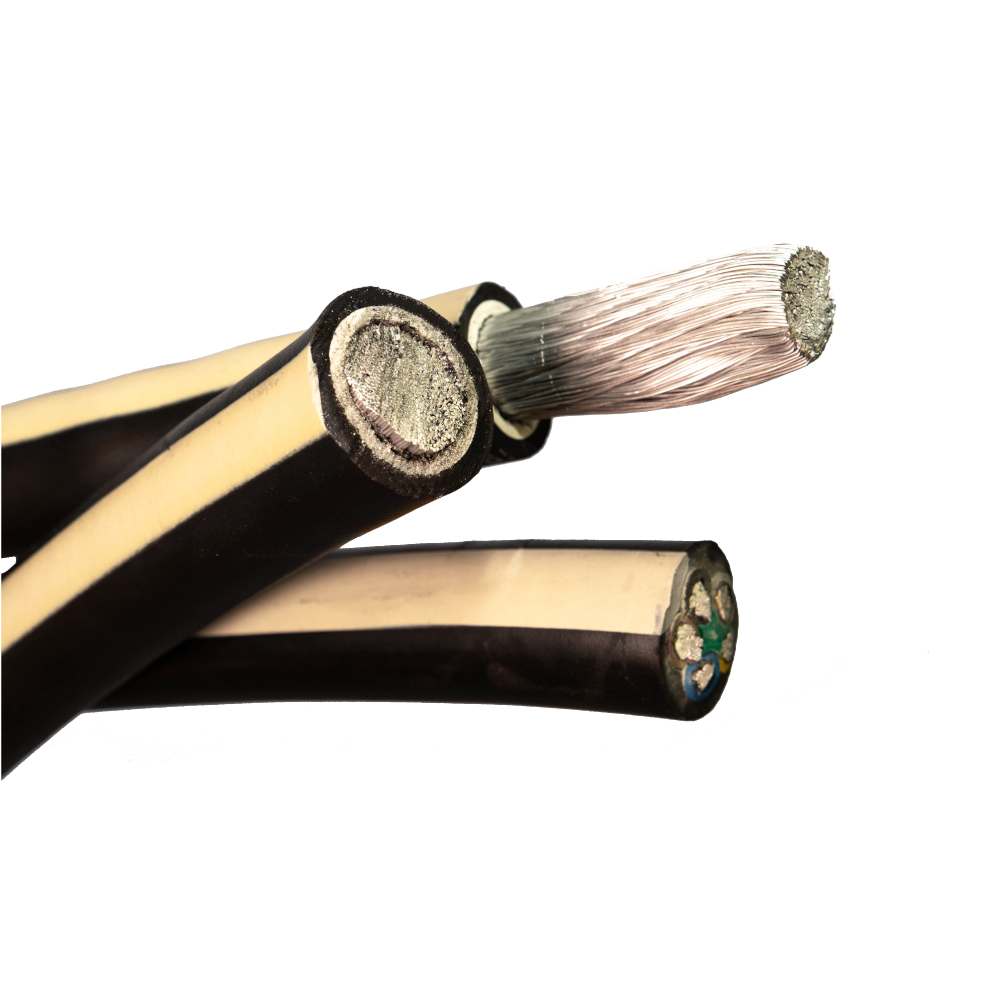
Myths about aluminum cables
Skeptics often say that aluminum cables cannot sustain long-term installation projects and that the plugs overheat. This may have been true earlier, but with DanCables Alukaflex® cables this is not the case anymore. The high quality of the cables and connectors makes sure there won’t be any problems. Therefore Alukaflex® (rubber cable) has obtained certification from DEKRA, and a long-term test (3500 hours) from an independent third-party testing center shows very promising results.
Benefits for Alukaflex® aluminum cables
- Up to 40% lower weight compared to copper cables
- Very easy to handle
- Excellent flexibility
- High productivity
- Cost less due to lower metal price fluctuations
- Low risk of theft
- Exceptional material properties
- Reliable connection techniques
The few challenges with aluminum cables
- The conductivity is lower than copper conductors, therefore you must stay within the recommended lengths, as the voltage drop is slightly larger than on copper cables
- You need to be more careful about the connection of cable lugs and connectors
And then there was the thing about how to turn aluminum cables into gold…
It goes without saying that all that is saved is earned. So, if you can use a cheaper product that works just as well, then it is money in the bank. Below you can see the price trend for copper vs. aluminum in 2018. It clearly shows that although the copper price fell on the world’s metal exchanges, it is still considerably higher than on aluminum. This affects cable manufacturers’ purchase prices, which ultimately results in fluctuating prices for the final cable. The aluminum cables are more price stable, so it can bring big savings in a construction project or for other projects.
Contact us
If you are interested in hearing more about our aluminum cables and services, please make use of our contact us page.

